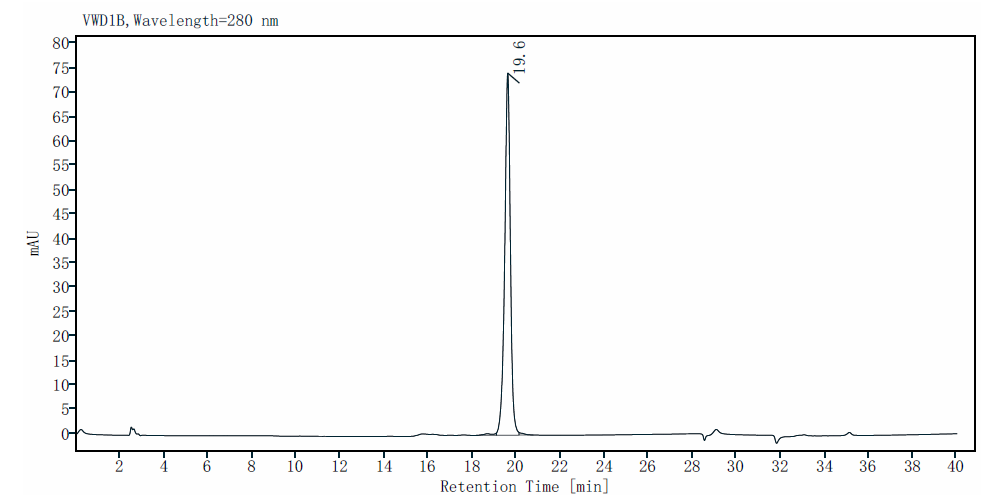Ser31-Tyr538
SVLRYDDFHIDEDKLDTNSVYEPYYHSDHAESSWVNRGESSRKAYDHNSPYIWPRNDYDGFLENAHEHHGVYNQGRGIDSGERLMQPTQMSAQEDLGDDTGIHVIPTLNGDDRHKIVNVDQRQYGDVFKGDLNPKPQGQRLIEVSVEENHPFTLRAPIQRIYGVRYTETWSFLPSLTCTGDAAPAIQHICLKHTTCFQDVVVDVDCAENTKEDQLAEISYRFQGKKEADQPWIVVNTSTLFDELELDPPEIEPGVLKVLRTEKQYLGVYIWNMRGSDGTSTYATFLVTWKGDEKTRNPTPAVTPQPRGAEFHMWNYHSHVFSVGDTFSLAMHLQYKIHEAPFDLLLEWLYVPIDPTCQPMRLYSTCLYHPNAPQCLSHMNSGCTFTSPHLAQRVASTVYQNCEHADNYTAYCLGISHMEPSFGLILHDGGTTLKFVDTPESLSGLYVFVVYFNGHVEAVAYTVVSTVDHFVNAIEERGFPPTAGQPPATTKPKEITPVNPGTSPLLRYGGGSHHHHHHHH
58-82kDa(Reducing)
Reconstitute at 0.1-1 mg/ml according to the size in ultrapure water after rapid centrifugation.
Julie K. Olson, Richard A. Santos, Charles Grose, Varicella-Zoster Virus Glycoprotein gE: Endocytosis and Trafficking of the Fc Receptor, The Journal of Infectious Diseases, Volume 178, Issue Supplement_1, November 1998, Pages S2–S6.
Varicella-zoster virus (VZV) is the prototype member of the alphaherpesvirus subgroup now designated as the Varicellovirus genus. The genome of VZV encodes at least six glyco-proteins: gB, gC, gE, gH, gI, and gL. Of the VZV glycoproteins, gE (previously designated gpI or gp98) is the most abundant virion envelope protein and the predominant VZV glycoprotein expressed on the surface of infected cells. VZV gE is a typical type I transmembrane glycoprotein, which is highly modified by N-linked and O-linked glycosylation, sialylation, and sulfation. In addition, VZV gE contains a serine/threonine casein kinase II phosphorylation site. VZV gE can also form homodimers, which are modified by tyrosine phosphorylation. During viral infection, VZV gE forms a protein complex with VZV gI. Most interestingly, VZV gE on the surface of infected cells has previously been shown to function as an Fc receptor for nonimmune IgG. Homology studies have demonstrated that gE displays a combination of structural features commonly observed in several nonviral cell surface receptors, including the Fc receptor (FcγRII) and the low-density lipoprotein (LDL) receptor.

The purity of VZVgE His Tag Protein was greater than 95% as determined by RP-HPLC.
Immobilized VZVgE His Tag Protein (Cat. No. UA030069) at 2.0μg/mL (100μL/well) can bind Varicella-zoster virus (VZV) / HHV-3 gE / glycoprotein E Antibody, Mouse MAb with EC50 of 1.98-3.23 ng/ mL.